Tera Raids are the best end-game content for Pokémon Scarlet and Violet players who like cooperative game modes. Four players get together locally or online to take down a single powerful wild Pokémon that starts the combat in Tera form. The challenge is big, but so are the rewards for teams who defeat these challenging encounters.
You can even have a guaranteed catch of the Pokémon you defeat in the Tera Raid.
Winning the raid sounds simple at first. After all, it’s a four-on-one battle. What could go wrong? Well, a few things. And you can be a part of the solution and prevent them from happening.
Here are 11 mistakes to avoid in Pokémon Scarlet and Violet Tera Raids.
Forgetting about Terastalizing
Missing out on your own Terastalizing is a big mistake. Tera opponents that have their shields up take five times less damage from non-Terastalized Pokémon. The only solution is to use your Tera power quickly and preferably use moves of its type, since they will deal higher damage thanks to the addition of the same-type attack boost (STAB) along with the Tera boost.
Any attack will be stronger against wild Tera Pokémon shields when you’re Terastalized, so transform as soon as you find a safe window to do so.
Not attacking enough
Skipping Terastalizing is a big mistake, but not building up Tera power is also an issue. In Tera Raids, allied Pokémon can Terastalize when they successfully attack the opponent at least three times, without fainting, with either physical or special moves. Status moves and missed attacks do not build up Tera power.
If you take too long to start attacking the wild Pokémon, you’ll be too slow to gather enough Tera power and have less time with Terastal active during the fight, reducing your damage output. The only exception to this is highly coordinated strategies.
The wild Pokémon can drain your Tera energy before you use it and force you to attack an additional time to make up for it. In these cases, you have to attack four times to Terastalize (or more, if you’re drained more times).
Using negative status moves after the shield is up
The shield that Tera Raid Pokémon use also protects them from negative status moves. That means the following moves will instantly miss:
- Stat-reduction moves like Screech, Fake Tears, and Baby-Doll Eyes.
- Status condition moves like Will-o-Wisp, Thunder Wave, and Hypnosis.
- Confusion moves like Confuse Ray.
- Other status moves that interact with the wild Pokémon, like Skill Swap, Encore, and Power Trick.
Status moves that target you, your allies, or the battlefield will work normally, such as:
- Status-boosting moves like Belly Drum and Iron Defense.
- Weather moves like Rain Dance and Sunny Day.
- Terrain moves like Psychic Terrain and Grassy Terrain.
- Team-wide defensive moves like Reflect, Light Screen and Aurora Veil.
Bringing Pokémon weak to the wild Tera Pokémon typing
This takes some game knowledge to get the hang of and new players might struggle with it a bit.
It’s important to know what type the wild Pokémon is before it transforms into its Tera type. The offensive moves they will use against your team will likely match their original types more often than their Tera typing.
If you’re fighting a Tyranitar with Tera-type Bug, it will have offensive moves matching its original Dark and Rock types, not Bug, because the first two are types of moves that Tyranitar learns as it levels up. So you can expect Crunch and Rock Blast to hit your Pokémon, which makes Psychic and Flying-type Pokémon bad picks. Even Fire-type Pokémon, strong against Bug, will be bad because Tyranitar will likely hit them with Rock Blast for a super-effective move.
You have to pick a Pokémon that’s not weak to the original types of the wild Tera boss and also neutral or strong against its Tera type.
Since you can only see the silhouette and the Tera type of the Raid Pokémon before starting the fight, it can take you some time to get used to these wild Pokémon shapes and knowing who you’re facing before the raid starts.
Not using Cheers
In Tera Raids, you can spend your turn to use Cheers instead of moves, and they can be the difference between winning and losing a raid.
The best ways to use them are:
- Using “Go All Out!” to increase your allies’ Attack and Special Attack after the Raid Pokémon wipes out your team’s stat boosts.
- Using “Hang Tough!” to increase your allies’ Defense and Special Defense early in the raid, to make sure they can sustain a few hits to build up their Tera power.
- Using “Heal Up!” in a pinch when your allies are close to fainting or will not sustain another hit. Keeping everyone alive is important because takedowns reduce the raid timer and reset that Pokémon’s Tera power to zero.
Another great moment to use Cheers is when you’re running a defensive or supporting Pokémon. Your Terastal won’t matter much anyway, so you will be fine with using a turn to Cheer instead of attacking or using a move.
Being a one-trick pony
Your Koraidon looks cool and powerful, right? Just like that level 100 Charizard you got with your friends after a seven-star Tera raid. You want to show them off and try their power out, so you use them in every raid you can.
But then your Koraidon is demolished by a Garchomp. And your Charizard can’t survive a Tyranitar’s Rock Blast.
Legendary and high-level Pokémon are cool and can work fine in low-level raids. For five-star raids and above, not putting some thought into the Pokémon you bring becomes an issue because they can get destroyed in one hit and lose your team’s raid alone, regardless of how strong they are.
Train new Pokémon and diversify your Tera Raid roster. Find other Pokémon you find cool and train them up so you can have fun and win at the same time.
Bringing underleveled Pokémon
Tera Raid Pokémon have levels that vary with the raid’s star grade, with one-star raids being the weakest and seven-star ones being the strongest.
Here’s a chart with the enemy levels according to their star rating, which you should try to match or go higher than with the Pokémon you bring to the fight.
| Star grade | Wild Pokémon level |
| ★ | 12 |
| ★★ | 20 |
| ★★★ | 35 |
| ★★★★ | 45 |
| ★★★★★ | 75 |
| ★★★★★★ | 90 (catch level 75) |
| ★★★★★★★ | 100 |
Not having support Pokémon on the team
You need at least one person supporting the team. They will increase your team’s offense and defense using supportive moves and Cheers.
Some kinds of support Pokémon to have on your team are:
- Offensive support like Umbreon and Sylveon, who can reduce the opponent’s defenses and increase your team’s attack with moves like Fake Tears and Helping Hand.
- Defensive support like Grimmsnarl and Bronzong, who can increase your team’s defenses with moves like Reflect, Light Screen, and Safeguard.
These support Pokémon are essential in high-level raids because without their buffs, offensive Pokémon might struggle to take down bosses.
Sticking to the same team composition
Just like using the same Pokémon all the time is bad, using the same team composition all the time is also not recommended.
This happens often when a strategy becomes popular in the game, such as using Belly Drum Azumarill paired with Pokémon that can use Screech. While this is a great strategy, it can fail if Azumarill is taken down by a super-effective move before it can attack, which is a risk you run since Belly Drum cuts their health in half. They become vulnerable and might not survive a Revavroom’s Gunk Shot, for example.
There’s no strategy that fits every scenario and you will eventually run into a bad matchup for your star Pokémon. Use the three minutes before the raid starts to think about what your allies are doing, what the wild Pokémon is, and what you can bring to the table to win.
Not curing status conditions
Burn, Sleep, and Paralysis are common status conditions applied by wild Tera Pokémon. While these can be menacing, you can use the “Heal Up!” Cheer to counter them.
Pokémon affected by “Heal Up!” are cured of any status conditions along with gaining some health back. It doesn’t prevent conditions from being applied in future turns, though. For protection, you need to use moves like Safeguard or apply Misty Terrain.
Setting up too much
Higher-level players have all been guilty of this to some extent. You choose your Garchomp for a perfect matchup against an Electric-type, Fire Tera wild Pokémon. You decide it’s time to set up for a big attack using Swords Dance three times for max attack and a one-hit KO.
When you’re about to unleash a devastating Earthquake, the wild Pokémon nullifies all positive stat changes on your team’s side. Your attack is back to base numbers, you did little damage to the raid boss, and lost precious time.
Avoid using too many turns to set up a strong attack. Ideally, you want to spend one turn boosting your power. In good compositions, your team follows it up with a boosting play of their own like Helping Hand or “Go All Out!,” or weakens the opponent.
Don’t waste too much time with self-boosting moves, but bring at least one move like this to help you with damage output.
Tera Raid battles are hard. Too many variables play a role in them, so practice them as much as you can, learn more about wild Pokémon and your own, and, when possible, play with friends so you can talk about the best strategies to win.
Related: The Best Pokemon for Tera Raids in Pokemon Scarlet and Violet from Destructoid


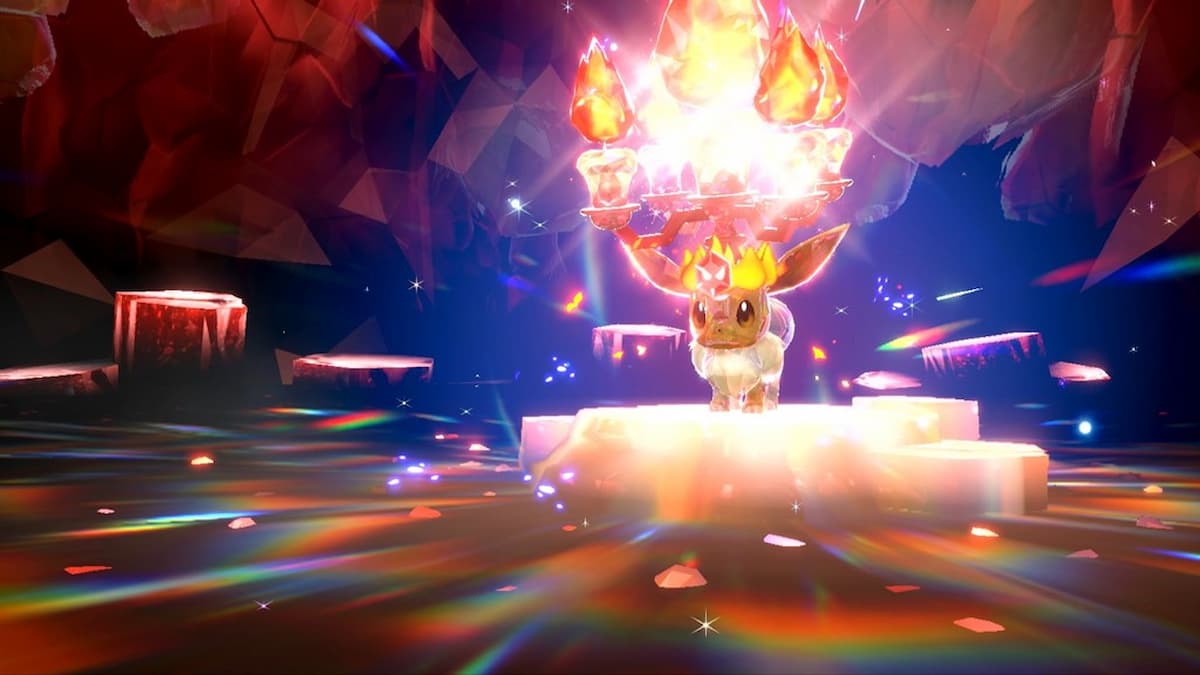
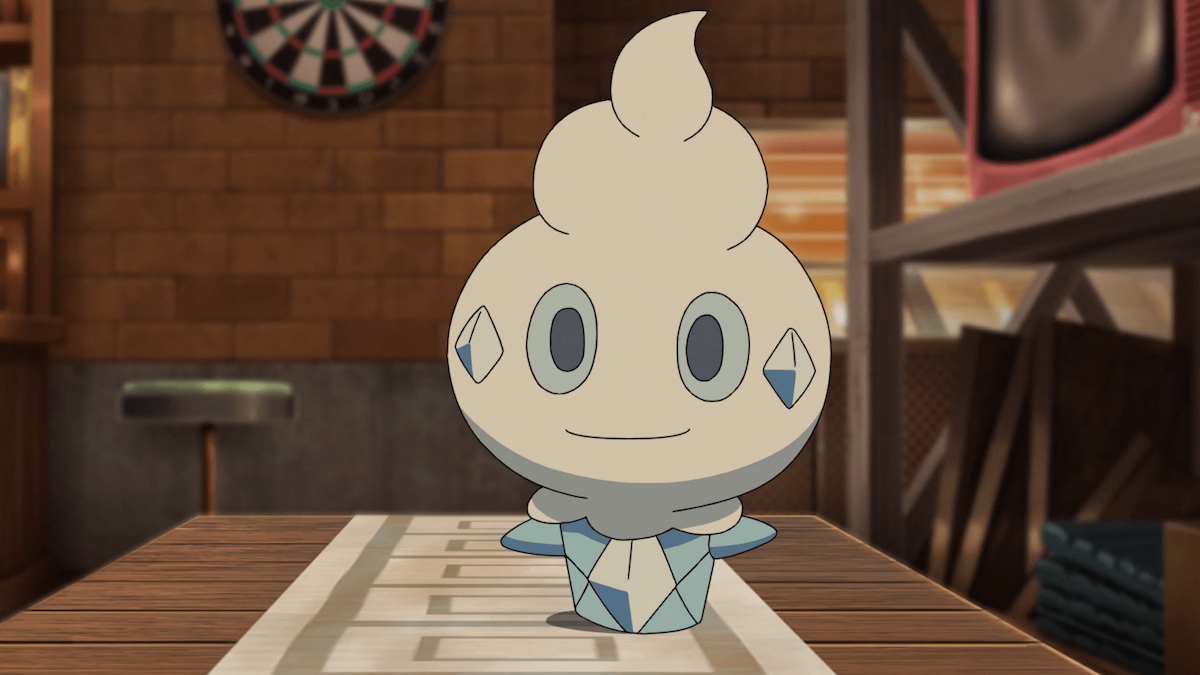
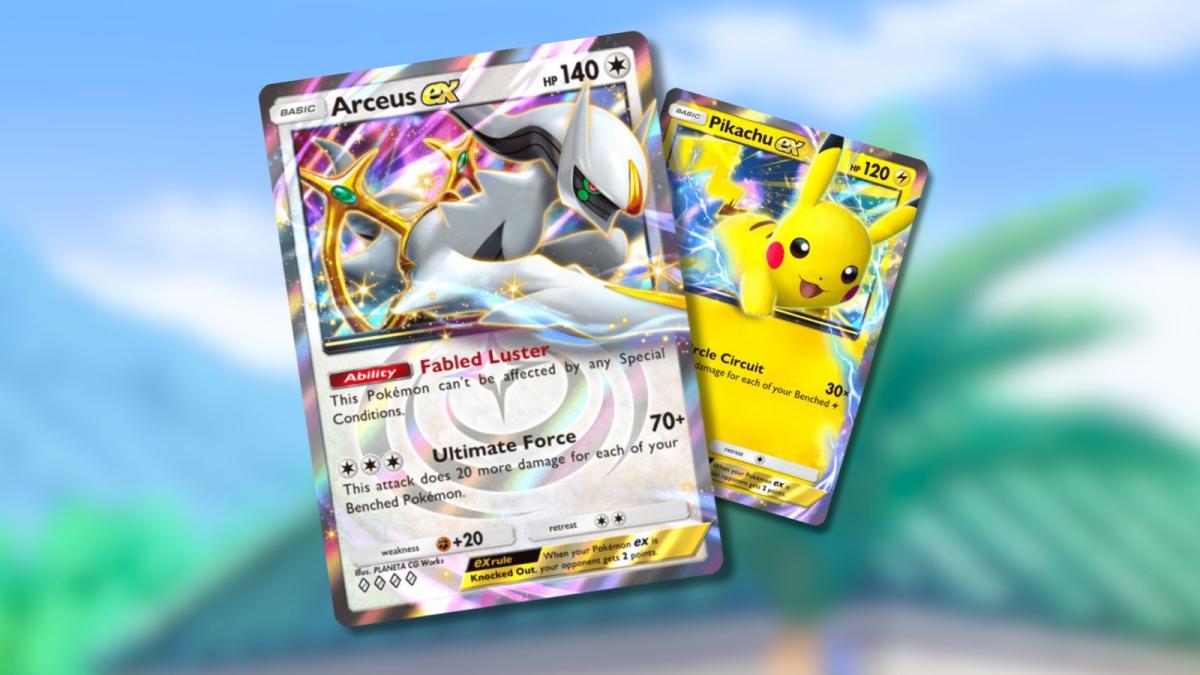
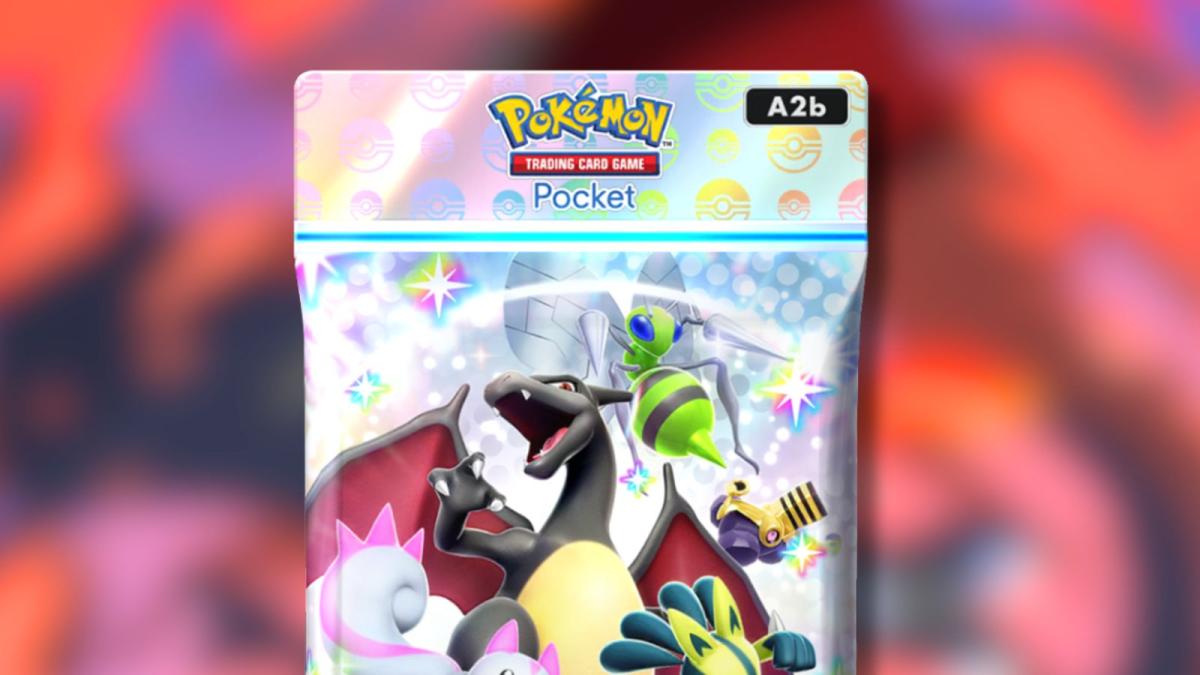
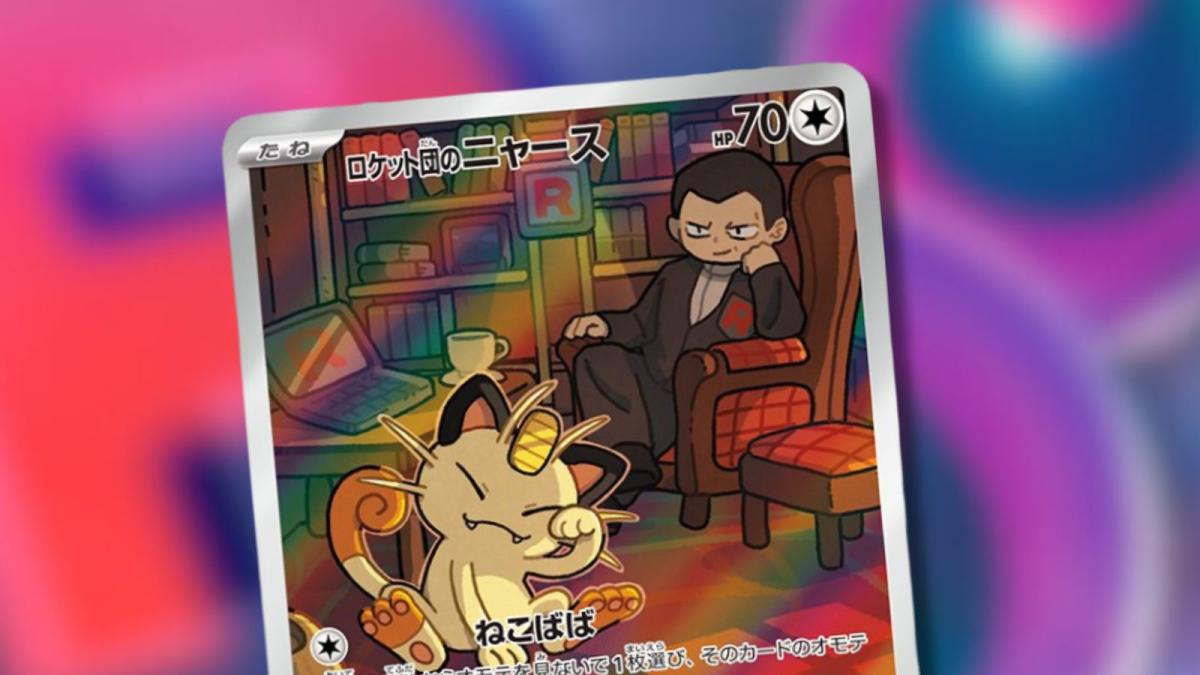
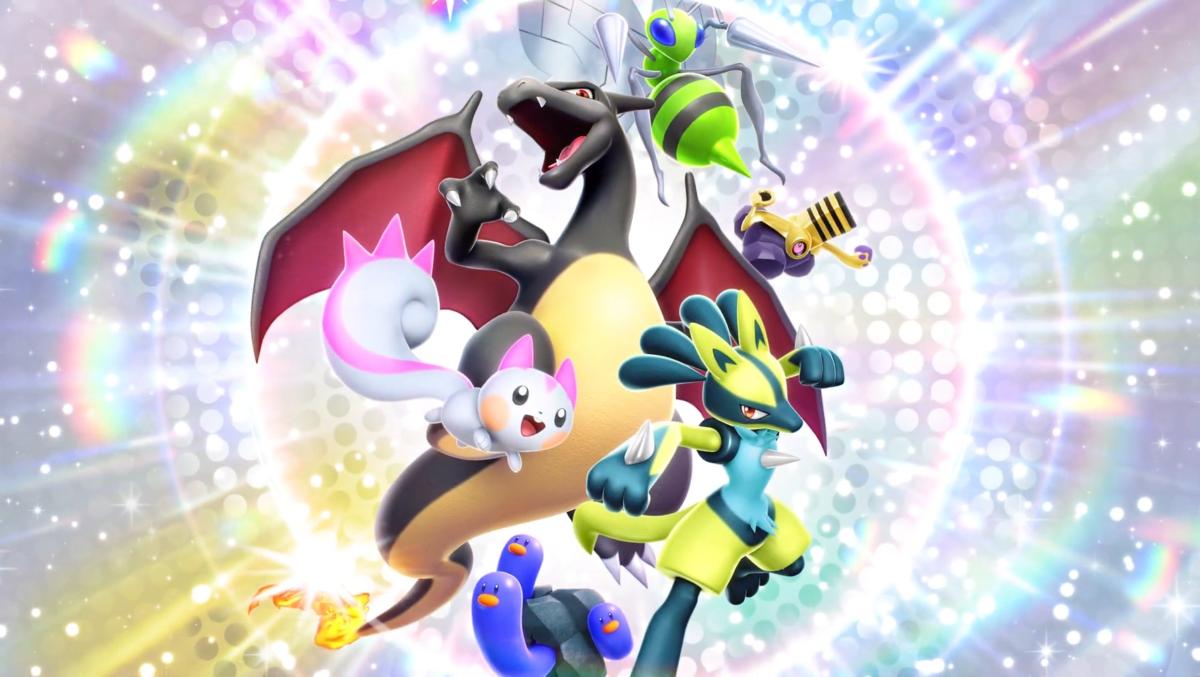

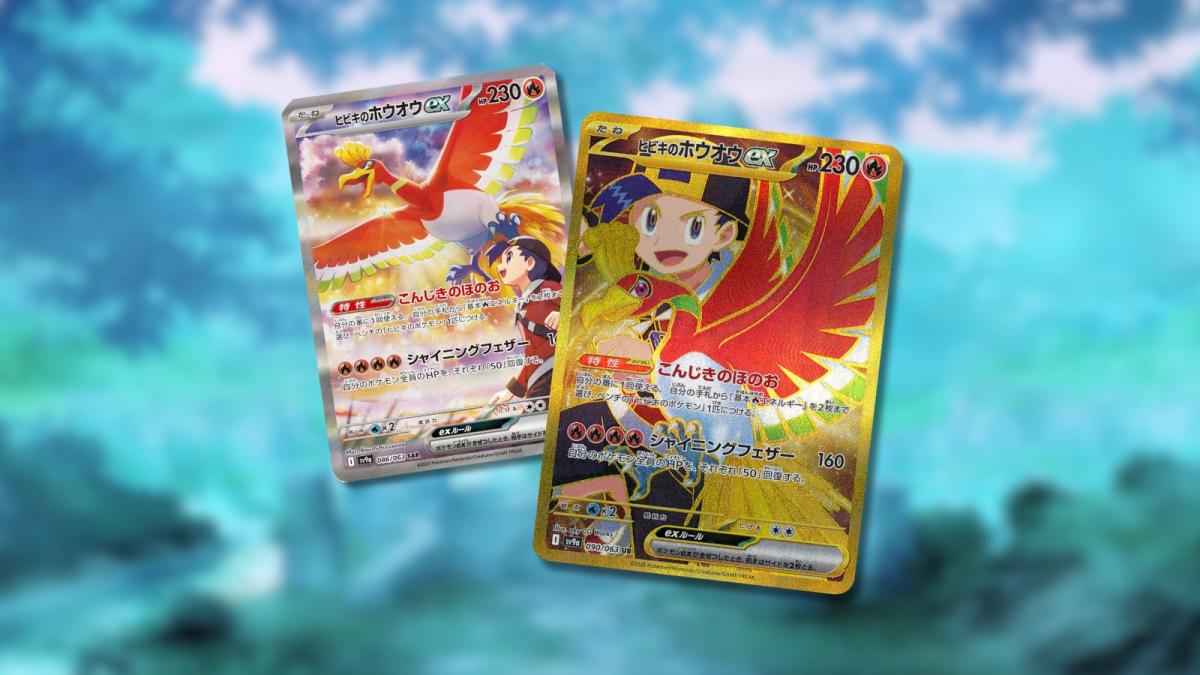
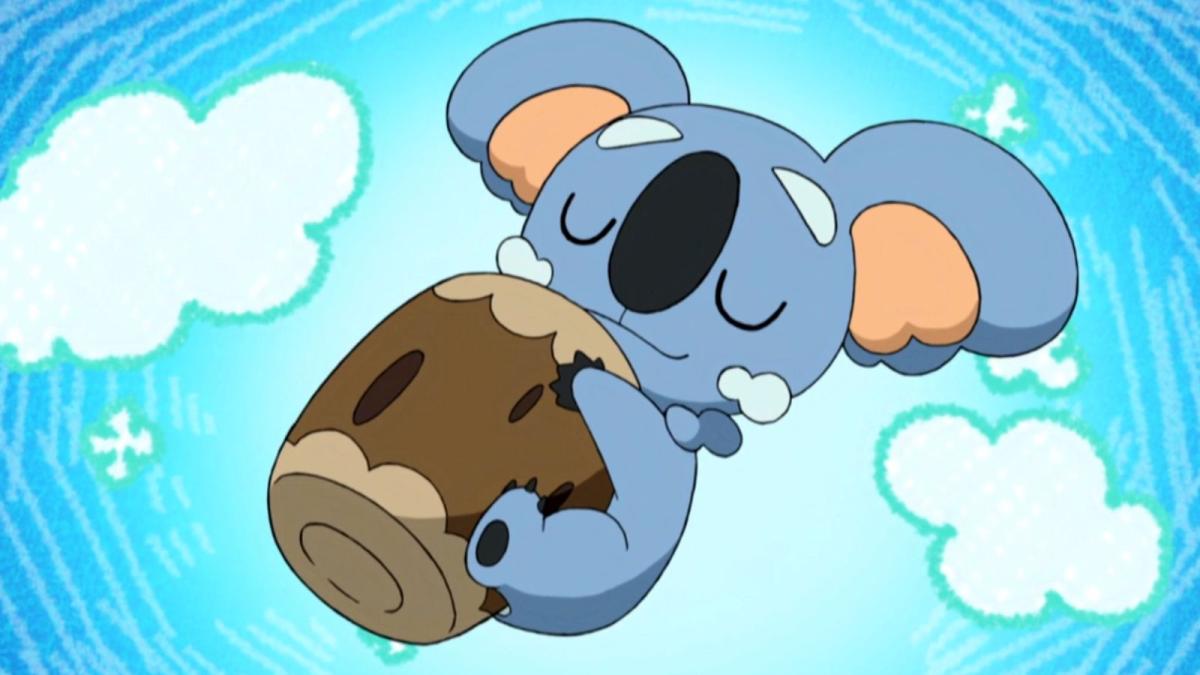

Published: Jan 6, 2023 06:28 am